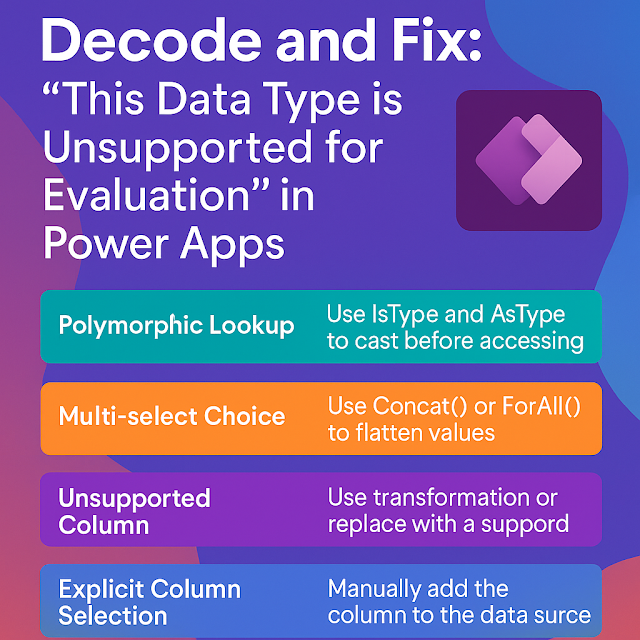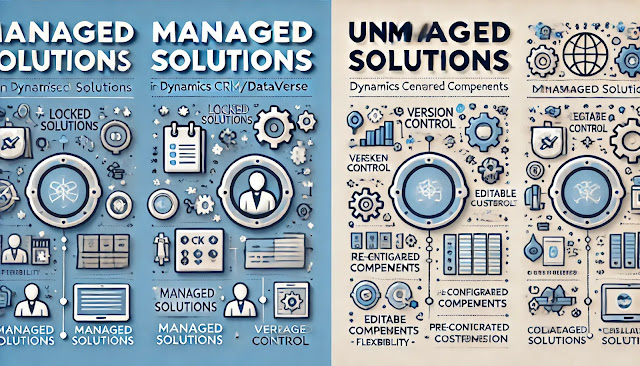Microsoft Dynamics 365 Customer Experience Analyst : Build price lists and product pricing
In Dynamics 365 Sales, Price Lists and Product Pricing work together to define how products and services are valued in different sales scenarios. A price list serves as the foundation for managing product prices, containing individual price list items that specify the cost of each product. Organizations can maintain multiple price lists to support various regions, markets, or customer segments, ensuring flexible and targeted pricing strategies. Product pricing can be configured using different methods—such as fixed currency amounts, percentages of list price, markup over cost, or margin-based calculations—allowing businesses to align prices with costs, profitability goals, or promotional campaigns. This structured approach ensures consistency, accuracy, and efficiency in sales transactions, while also enabling sales teams to offer competitive and customer-specific pricing.
Price Lists in Dynamics 365 Sales
A Price List defines the pricing structure for products and services in your product catalog. It acts as a central repository that determines how much a product costs when used in opportunities, quotes, orders, and invoices.
- Each Price List can have multiple Price List Items, which define the price of individual products.
- Products must be associated with at least one active price list to be used in transactions.
- Multiple price lists can be created to support different markets, regions, or customer segments.
Example:
Retail Price List – standard pricing for customers.
Wholesale Price List – discounted pricing for bulk buyers.
Special Promotion Price List – temporary discounted prices for campaigns.
Product Pricing in Dynamics 365 Sales
Dynamics 365 Sales supports different pricing methods to give flexibility in managing costs and discounts.
Pricing Methods
- Currency Amount – Fixed price for a product (e.g., \$500 per unit).
- Percent of List – Price is calculated as a percentage of the list price (e.g., 90% of the standard price).
- Percent Markup – Current Cost – Price is set by adding a markup percentage over the product’s current cost.
- Percent Margin – Current Cost – Price is set to ensure a specific margin percentage over cost.
- Ensures accurate and consistent pricing across all sales documents.
- Enables regional or customer-specific pricing strategies.
- Supports discounts, promotions, and special offers easily.
- Enhances sales efficiency, as pricing is automatically applied when products are added to opportunities, quotes, or orders.
Example in Action:
If you sell Laptop X for \$1000 retail:
- In Retail Price List → \$1000 (Currency Amount).
- In Wholesale Price List → \$850 (Percent of List = 85%).
- In Promotional Price List → \$900 (Discounted for campaign).
Together, Price Lists and Product Pricing give Dynamics 365 Sales the flexibility to handle real-world pricing models, from standard catalog prices to discounted promotions and region-specific price variations.
Why Multiple Price Lists Matter
Businesses rarely sell products at a single price. Price lists allow you to:
- Handle multi-currency sales across geographies.
- Support tiered pricing models (standard vs. premium customers).
- Manage special pricing for promotions or seasonal offers.
- Keep customer-specific negotiated prices without affecting the global catalog.
Product Pricing Methods in Dynamics 365 Sales
When you create a price list item, you define how the price is calculated. Dynamics 365 Sales provides flexible pricing models:
- Currency Amount – Fixed price for the product (e.g., \$100 per unit).
- Percent of List – Pricing as a percentage of the base list price (e.g., 90% of list price for wholesale customers).
- Markup over Cost – Price is cost + a markup percentage (e.g., cost is \$80, markup 25% → selling price = \$100).
- Margin – Price is calculated based on ensuring a profit margin over cost (e.g., maintain 30% margin).
Building Price Lists: Step by Step
1. Create a Price List
- Go to Dynamics 365 Sales Hub → Product Catalog → Price Lists → New.
- Enter details like Name, Currency, Start/End dates.
2. Add Products to the Price List
- Open your new price list → Add Price List Items.
- Select the Product, define Unit, choose Pricing Method, and enter Amount/Percent.
3. Associate Price Lists with Opportunities/Quotes
- When creating an Opportunity, Quote, Order, or Invoice, select the appropriate Price List.
- This ensures all products added to that record use the correct pricing.
- Accuracy: Eliminates manual pricing errors.
- Flexibility: Supports global/multi-market operations.
- Scalability: Easily adjust for promotions, volume discounts, or negotiated deals.
- Customer-centric: Tailor pricing to customers without altering the global catalog.
A software company sells licenses.
- Retail Price List – \$100 per license.
- Partner Price List – \$80 per license (20% discount).
- Enterprise Price List – \$75 per license (volume-based pricing).






















Comments
Post a Comment